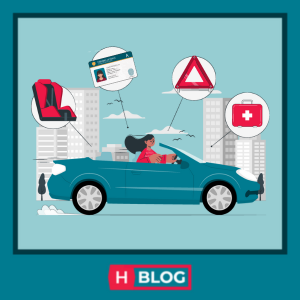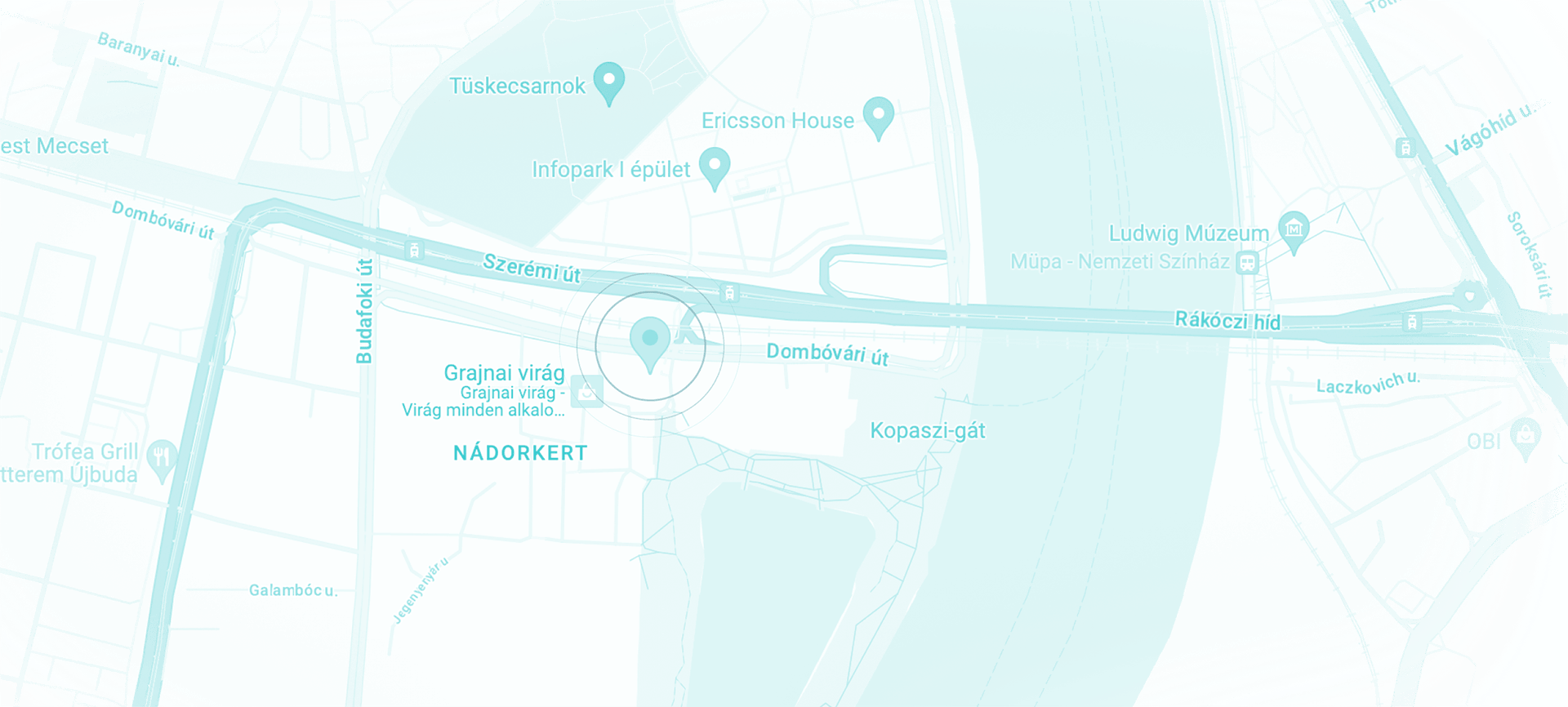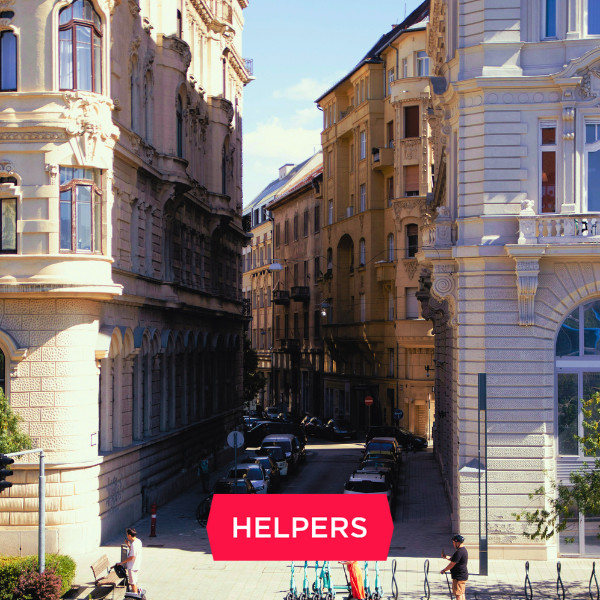
Top 10 fun facts you REALLY need to know about driving in Hungary!
Are you planning to start driving in Hungary? Or are you already driving? Then make sure you know the most important local rules and customs that might be different from what you see in other countries.
Are you planning to start driving in Hungary? Or are you already driving? Then make sure you know the most important local rules and customs that might be different from what you see in other countries.
1. Cars vs. Pedestrians
Yes, pedestrians generally tend to think they can win a match between your car and themselves. Even so, pedestrians always have priority at crossings (which are called “zebra crossings” in Hungary), and they know it, and will step off at any given time with no warning, so extra caution when approaching said crossings is advised. Also, if a pedestrian just stands close to a curb, you must assume they want to step off and stop for them. If you were mistaken and they are just standing there, too bad.
2. What is the right hand rule?
In Hungary (as is the case anywhere in mainland Europe), you must drive on the right side of the road and overtake on the left. At crossroads without traffic controls, you must give way to the vehicles approaching from your right (thus the term right hand rule, or “jobbkéz szabály” in Hungarian, meaning “in general, in areas without markings, vehicles coming from the right always have the right of way”). If there are triangular road markings at the junction, you must give way to all other vehicles.
3. Alternative use of the “distress signal”
Have you ever let another car merge in front of you, or come out in front of you in a junction, and see them light up their “distress signal” for a few seconds right after? In Hungary, using your distress signal in such a way is the common way to communicate “thank you” to the car behind you. It is used regularly on the roads, and is considered good manners (or lack thereof if neglected), so when someone is nice to you on the road, feel free to use it.
4. Seats and seatbelts
When your car is moving, everyone sitting in it must wear seatbelts. This matter is taken very seriously by authorities, so no excuses (only your backseat passengers might be exempt if you are driving a very old car that does not have seatbelts there). There are clear rules related to child seatbelts and seat restraints too. When sitting in the front seat, kids who are under 3 years old or less than 150cm tall must be seated in a restraint suitable for their size; in the back seat, the minimum height for leaving the restraint is only 135cm if the car’s own seatbelts fit them safely. Children’s safety within the vehicle is objectively the responsibility of the parents or that of the person renting the vehicle.
5. Mandatory things to carry
When on the road in Hungary, you must have a first aid kit and a warning triangle ready to use at all times. Other items that are no longer mandatory but highly recommended include a reflective vest, a set of spare external bulbs, and a fire extinguisher. Moreover, in case you are stopped by the police, you must be able to present documents to verify who you are and that you have the right to drive the car, meaning your ID document, a valid driving license, your vehicle registration and insurance certificate, and in case of a rental car, the rental paperwork. In case you have a Hungarian driving license and the car is registered in Hungary, however, you will only need an ID document (and the rental papers), since the rest can be checked in an online database.
6. MTPL is a must
Every car needs motor third-party liability insurance (“KGFB” in Hungarian). This is mostly handled online these days, and you do not need to keep the insurance document with you as the Hungarian police can check their database to see if your car has a valid insurance. Renewal season is in November; this is also when you can switch providers without extra costs. Accidents should be reported to the Association of Hungarian Insurance Companies, either by filling in the insurance form that should be in your car, or through their application.
7. Alternative use of headlights
When another driver flicks their headlights at you, it is as if to say “Go”, thus giving you the right of way. If a driver does this, it clearly means they want you to go ahead. Note that this is not the case in other countries, where this same action has almost the exact opposite meaning (e.g. in Germany, it means “Look out, I’m coming”), so this “translation” only applies to drivers in Hungary.
8. Speed limits
Limits (which may be altered by signs) are: 50 km/h in built-up areas, 90 km/h outside built-up areas or 110 km/h on semi-motorways and 130 km/h on motorways. Lower speed limits may apply on the approach to level crossings of railway lines. In city centers, areas with a 30 or 40 km/h speed limit are quite common, as are lower speed limits close to pedestrian and especially children’s crossings.
9. Fines
Fines may be imposed on-the-spot, but are less common nowadays (and paying cash to the officer to “reach an understanding” is not an option, those days are over). Instead, as most cities have cameras set up practically everywhere, you can expect a check in the mail within a few days with your fine in the form of a bank transfer request. In case of more serious (e.g. parking) violations, wheel clamps are in use, and they are a nightmare to have taken off, so avoid this outcome if at all possible.
10. Drinking vs. driving
The “drinking and driving” rule in Hungary is quite simple: zero tolerance. Don’t even think about having any alcohol if you plan on taking to the road, as consequences are severe (fines are the least of them).
+1 Process for driver’s license
There are 3 necessary milestones to reach:
- First, the so-called KRESZ (theoretical) exam, preceded by a course to study for it. The course takes about 2 months, and is generally available as e-learning material, which can be finished at the student’s own pace.
- Driving exam, which (by law) must be preceded by a minimum of 30 hours of practice while covering a minimum distance of 580km with an instructor. This must come after the KRESZ exam. Note that the average number of learning hours needed for a successful exam is around 40-50 hours, so this step will take about 3-4 months (depending on how much time a student can allocate to driving lessons).
- First-aid exam (“elsősegély vizsga”), also requiring a course to cover the curriculum. This can be done any time (e.g. before or after the driving exam, although taking it before the driving exam will let you apply for your driver’s license as soon as you are done with the driving exam too).
If you already have a foreign driver’s license, our colleagues at Helpers Hungary can take care of the localization for you in case you need that; read more about localizing your driver’s license here. At the same time, if you need practice and/or instruction for driving safely in Hungary, you can count on our partners at Kontroll Driving School. They specialize in providing instruction to foreigners who want to drive in Hungary, whether they need to start from scratch, or just need a few sessions to practice.
Need help in Hungary? Get in touch with Kontroll Driving School now – just fill in the form below
The above article was created together with the team of Kontroll Driving School.
Contact
Contact us today
Monday - Friday
9am - 5pm CET
Helpers Hungary Kft
Budapart Gate
Dombóvári út 27
Budapest 1117, Hungary
If you’re visiting us, please use entrance A and come to the 2nd floor.






